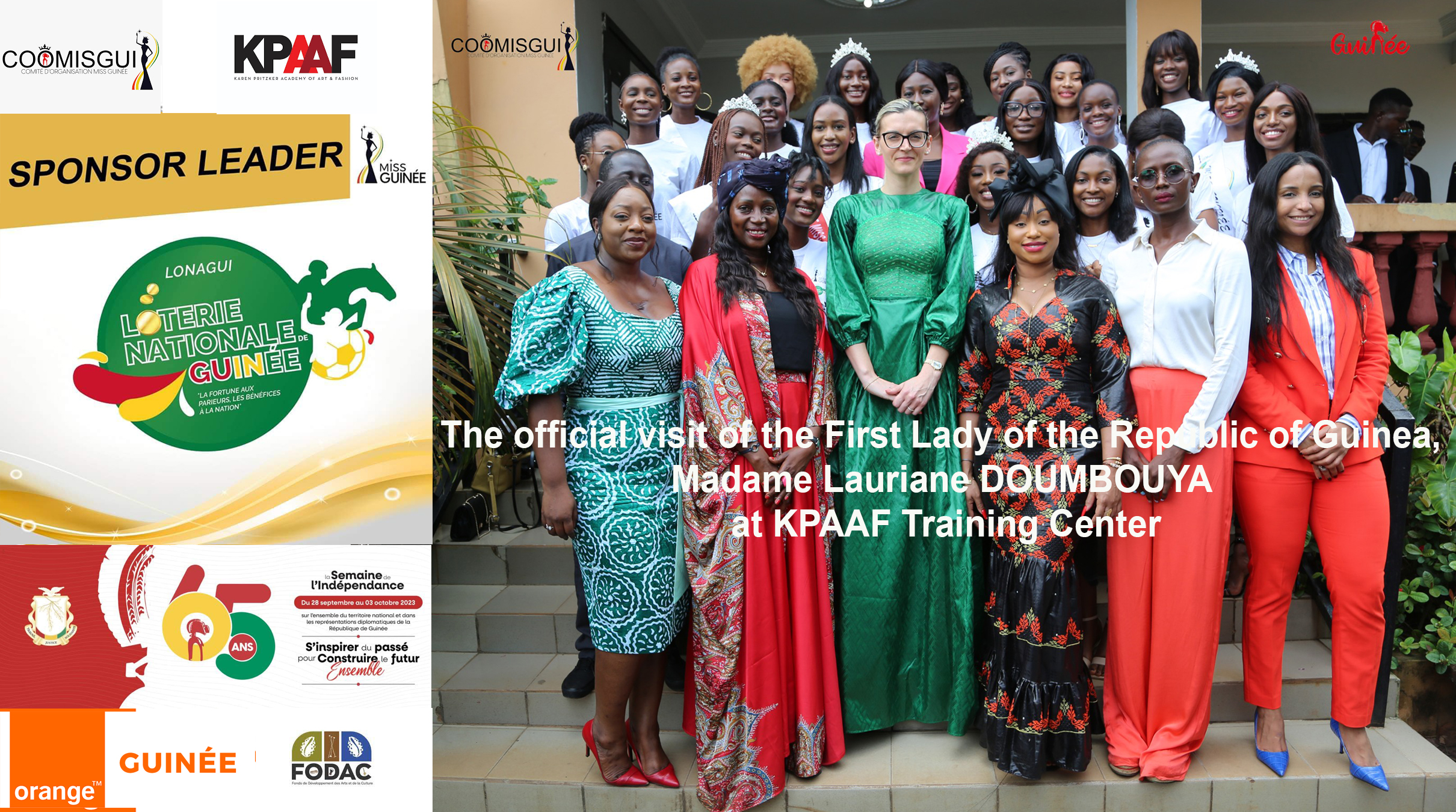Longtime Vogue Editor Grace Mirabella Dies at 91 – WWD
Iconic glossy magazine editor Grace Mirabella died Thursday aged 91, her family confirmed to Vogue.
Mirabella was editor in chief of the Condé Nast-owned magazine from 1971 to 1988, taking the reins from Diana Vreeland and making way for Anna Wintour, who remains editor in chief today. Later, Mirabella founded eponymous magazine Mirabella in 1989 with Rupert Murdoch’s Murdoch Magazines.
“You look back on a career — and I think it’s stupid to do that, I hate to look back, but you do — and I realized I never had any major disappointments. Really. And I look back, too, and I think, ‘Did I really do all that?!’” she mused of her multidecade career in fashion in a 2012 interview with WWD.
Unlike many of her predecessors at Vogue who were society girls, Mirabella was born to Italian immigrant parents in Newark, N.J., which she described in her 1995 autobiography “In and Out of Vogue” as “a city of strivers pushing forward from immigrant enclaves.”
After graduating from Skidmore College in Saratoga Springs, N.Y., with a major in economics, Mirabella began a career in retail, which included stints at Macy’s and Saks Fifth Avenue, before joining Vogue in 1952 as an assistant. There, she rose quickly through the ranks, becoming associate editor in chief under Vreeland, admitting in an interview with The Washington Post that while it wasn’t easy to work for Vreeland, she had a lot of admiration for her.
“It was very difficult to work for her,” she said. “But you can get along with someone who is difficult if you admire them. And I admired Diana Vreeland — for all of her style and know-how, which she was about. Also, she had the most extraordinary sense of humor. And that could turn impossible moments around.”
When Vreeland was fired in 1971, Mirabella was named as her successor and set about charting a new course for Vogue from a ladies’ magazine to a more “easygoing” publication, making it more accessible to an army of new working women readers.
“What I’ve always cared about, passionately, is style. Style is how a woman carries herself and approaches the world. It’s about how she wears her clothes and it’s more: an attitude about living. Dressing up in the most expensive thing around has nothing to do with style. Style transcends money, fashion trends, ‘prettiness.’”
In 1974 while working at Vogue, Mirabella married William Cahan, a renowned cancer specialist and anti-smoking advocate, who died in 2001 aged 87. His work was said to have influenced Mirabella’s editorial stance, bringing more health and exercise coverage to Vogue and priding herself on never running a photograph of a model with a cigarette while at the publication. She was understood to have been mortified when Mirabella featured a runway model with a cigarette in one of the fashion layouts of which she hadn’t seen before publication.
Her run at Vogue was successful, with a circulation of 1.2 million (more than triple than when she begun) and advertising revenue totaling $79.5 million in 1987, figures from the Magazine Publishers Association showed. Nevertheless, she was replaced with Wintour over worries among executives that Vogue was losing ground to rival Elle.
“Grace guided Vogue through a momentous time in American history — emancipation, sexual freedom and vital and hard-won rights for women — and she made that time come alive on the magazine’s pages,” Wintour said in a statement Wednesday. “She eschewed fantasy and escapism in favor of a style that was chicly minimalist and which spoke clearly and directly to the newly liberated ways we wanted to live. Grace showcased Helmut Newton at his most daring and championed so many American designers: Ralph, Calvin, Donna, and Mr. Beene. She always exemplified the best of America in her vision and values, and she changed Vogue in ways which still resonate—and which we are profoundly thankful for — today.”
Grace Mirabella
AP Photo/Marty Lederhandler
Soon after her departure from Vogue, Murdoch approached her about launching Mirabella, a magazine targeted to the 35-plus woman. Later, she became more of a brand ambassador for the magazine, which was sold to Hachette Filipacchi in 1996 and shuttered in 2000.
In the years following, she penned her autobiography expressing some strong negative opinions about Wintour and other fashionistas, and launched online magazine The Aesthete.
Photographer Albert Watson recalled Friday first meeting Mirabella in the mid-Seventies, when she hired him to shoot behind-the-scenes photos. “It was the heyday of a lot of fashion and the rise of the Americans. She foresaw all of that and encouraged that.” Watson said.
Along with Alexander Lieberman, Mirabella was supportive, enthusiastic and relayed the feeling that you were doing something important, Watson said. “Before the cult of celebrities that now runs everything, she was really in my opinion the last great editor in chief of that Forties, Fifties, Sixties, Seventies era.” he said.
Always interested in the readers of her magazines, Mirabella made a point of the letters that they sent in, Watson said.
Fashion editor Marylou Luther said Thursday, “To me, Grace was, indeed, full of grace. She was not just an amazing Vogue editor, she was kind, open-minded, approachable — talents her predecessor Dianna Vreeland and her successor Anna Wintour were/are not exactly known for.”
Stan Herman, whose career as a designer ran somewhat parallel to Mirabella’s when she became head honcho at Vogue, said “she had this certain sensible elegance and such an inviting personality” and that she was one of the people who spearheaded the young designer movement in the ’60s and ’70s. “She just seemed very accessible at a time, when we needed her,” he continued, noting that Mirabella’s predecessor Diana Vreeland was not as accessible. “She was like a goddess. It was hard to be with her — almost frightening as a young designer,” Herman said. “Grace opened her arms out to the young designers.”
Photographer Gideon Lewin, who worked as Richard Avedon’s assistant early on in his career, echoed Mirabella’s reputation for being “so supportive of American designers and American women.” Assisting Avedon during the ’70s, Lewin worked with her through the promotion department at Vogue and created many fashion ads for advertisers. It was her idea for Lewin to photograph behind-the-scenes during Avedon’s shoots for Vogue. Some of these images were used in video presentations to potential advertisers, Lewin said. “I remember the excitement at the studio when Avedon photographed Beverly Johnson for the first Black model to appear on a Vogue cover [in 1974.]”
Warm, gracious and approachable, Mirabella was supportive of Lewin’s work during meetings, and post-Vogue when she established Mirabella magazine. “She gave a strong presence to the modern woman. She will be greatly missed.” Lewin said.
Johnson, Carrie Otis and Rosemary McGrotha were a few of the many models whom Mirabella championed. Johnson described Mirabella as a force in fashion, women’s rights and civil rights. “Her grace and strength were undeniable. I am a better person having known her.” Johnson said. “Her legacy will live on forever in the world of fashion.”
FOR MORE, SEE:
The City of New York Brings Legal Action Against L’Officiel USA for Failing to Pay Freelancers
Marie Claire Isn’t Completely Done With Print
What’s Going On With Celine and Vogue?
Ken Downing Joins Hearst Magazines as It Prepares to Launch Luxury E-commerce Marketplace






